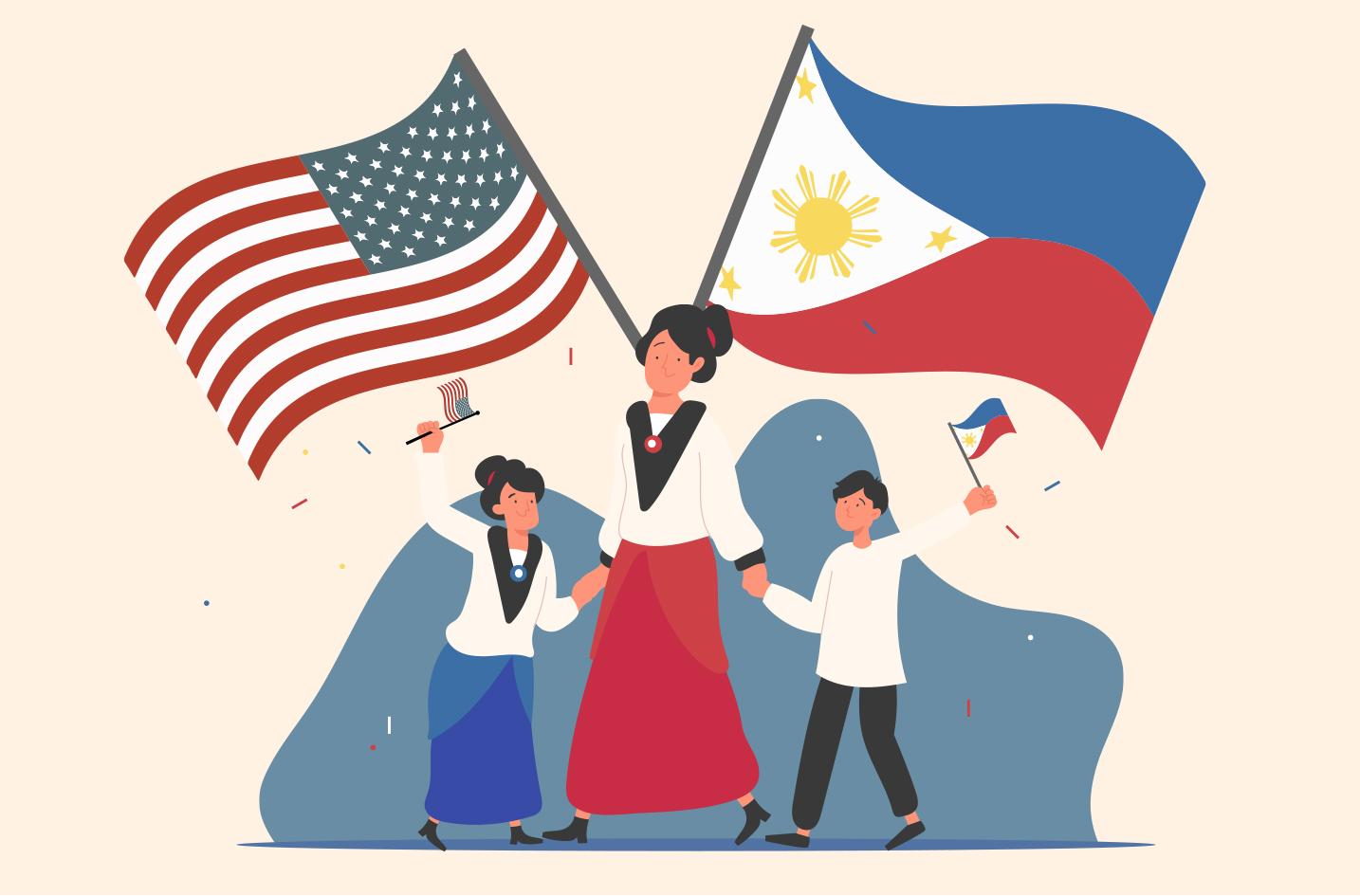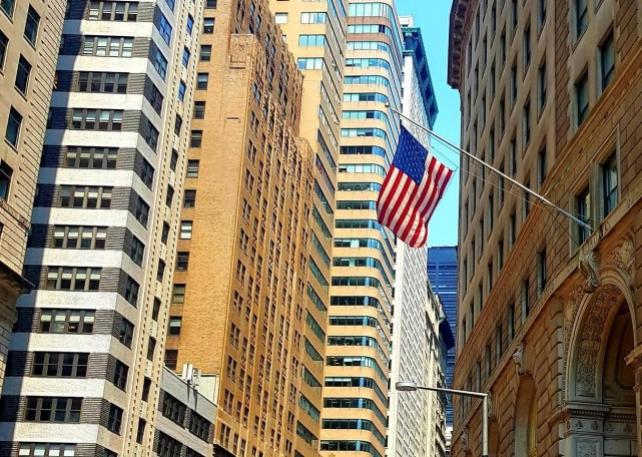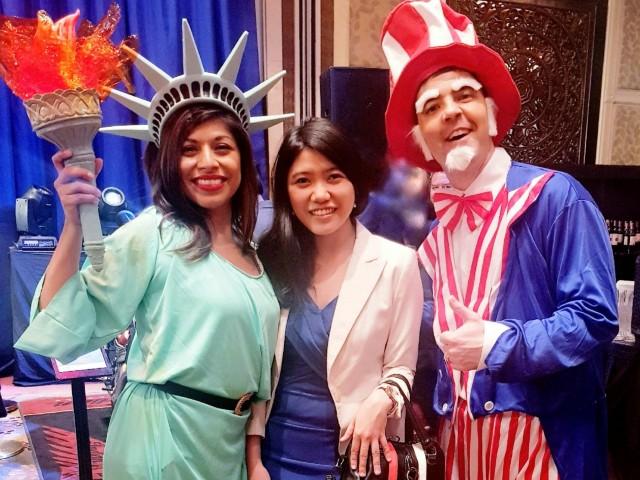#PINNED: 7 interesting Filipino-American history facts Pinoys should know

#Pinned makes it easier for young Filipinos to discover meaningful and enriching content and stories that will help them separate music from the noise, wheat from the chaff, and flowers from the weeds.
All our stories are written by young creatives who made it their life mission to know everything there is to know about how fellow young adults can make the most out of their limited downtime every day, every week.
Our freedom as an independent nation was not given but earned by our Filipino heroes. It’s one of the interesting facts about the long-standing Filipino-American history that we should never forget and pass on to future generations.
To strengthen that bond, the ties of Filipinos and Americans had been mutually built over a long history and challenges — much like how real friendship works.
While the United States celebrates its independence from Great Britain on the 4th of July, our Filipino ancestors also have a must-known Asian American history and story of courage in the Philippine-American war. And while we fell madly, deeply in love with Hollywood entertainment, burgers, fried chicken, and everything in between Uncle Sam had offered to our culture, let’s take a look at some interesting Filipino-American history facts that shaped our nation.
Philippine Independence Day — June 12 or July 4?
Our country used to commemorate Independence Day on July 4, 1946, the day when the Americans recognized the Philippines as an independent state through a ceremony in Rizal Park, Manila. But on May 12, 1962, President Diosdado Macapagal declared to move the Philippine Independence Day from July 4 to June 12, 1898 — the day when General Emilio Aguinaldo waved our flag at the window (not a balcony) of his home in Kawit, Cavite.
For the former president, it was just right to recognize June 12 as the birth of the Philippine independence, the same way America declared independence from its former colonizer, Great Britain, on July 4.
Blue, red and white colors commemorate the US flag
As elementary students, we grew up reading history textbooks understanding the symbolism behind the colors of the Philippine flag: white stands for purity, blue for peace, and red for the bravery of Filipino patriots in defense of the country.
But that barely scratched the surface. Our further readings led us to this obscure fact that the blue, red, and white were based on the United States flag as some sort of gratitude for lending a hand during our revolution against Spain. It was even mentioned in the June 12, 1898 speech that was written on "Acta de la proclamación de la independencia del pueblo Filipino" in the Spanish language:
“...conmemorando los colores azul, rojo y blanco los de la bandera de los Estados Unidos de la América del Norte, como manifestación de nuestro profundo agradecimiento hacia esta Gran Nación por la desinteresada protección que nos presta y seguirá prestando.”
English translation:
“... commemorating the colors blue, red and white of the flag of the United States of North America, as a manifestation of our deep gratitude to this Great Nation for the selfless protection that it gives us and will continue to provide.”

Filipinos were among the first documented Asians in the US
It was recorded on October 18, 1587, the first Filipinos in America landed in Morro Bay, California. These Filipinos who attempted to escape the Spanish ships going to Mexico for the annual Manila-Acapulco galleon trade were four decades ahead of the Pilgrims who landed on the shores of Plymouth Rock in 1620. Some Filipinos migrated to the US the same way, then settled somewhere in Louisiana in 1763, planting our deep ancestry in the Land of Opportunity.
October is Filipino-American History Month
Before former President Barack Obama recognized the celebration at the White House, one might also ask why is Filipino-American history month celebrated in the US?
Drs. Fred and Dorothy Cordova of the Filipino American National Historical Society declared October as Filipino-American History Month in 1988 to mark the first documented Pinoy presence in the US. And in 2009, the US Senate and Congress jointly welcomed the recognition of the Filipino-American History Month.
Filipinos are the largest Asian group in 9 American states
A 2020 research about the Asian Americans in the USA conducted by the Pew Research Center shows that Filipinos are the largest origin group in Alaska, Hawaii, Idaho, Montana, New Mexico, Nevada, North Dakota, South Dakota, and West Virginia. A separate June 2020 study from the Migration Policy Report also supported the fact that Filipino immigrants in the USA have quadrupled since 1980.

Filipino representation in the American culture
When I became a part of iNON that represented the Philippines to the NASA Space Apps Challenge, we got invited by the Embassy of the United States of America to the Philippines to join their 4th of July pre-pandemic festivities. It felt overwhelming to talk to some of our Filipino compatriots who made a significant contribution to the global culture and society today.
Many Filipino performers and Fil-Am personalities have excelled and marked their names from the entertainment, art, fashion, music, and social media scenes. Lea Salonga is the first Pinay to win a Tony Award. Fil-Am musicians include Bruno Mars, Apl.de.ap, Vanessa Hudgens, Shay Mitchell, Nicole Scherzinger, Hailee Steinfeld, Jessica Sanchez, H.E.R., Olivia Rodrigo, with a new breed of social media influencers Bretman Rock and Bella Poarch taking over the digital scene.
Not to mention how our well-loved bee, lumpia of ‘Sharonians’ and sorbetes are making their way to the Western palate, along with powerhouse adobo and halo-halo. It seems the way to any culture’s heart is through its stomach.
But in the midst of 2020, the Asian American and Pacific Islander (AAPI) communities, including the Filipinos in the US, became the target of rising Asian hate incidents in the time of the COVID-19 pandemic. The Stop AAPI Hate report revealed that 7.9% of the 3,795 hate incidents from March 19, 2020 to February 28, 2021 were experienced by Filipinos. Aside from physical safety concerns, what’s even more alarming is the impact they have to endure in terms of their well-being, mental health, or even career.
As darkness cannot dissipate darkness, only light can make the path clear again. US President Joe Biden, with the help of Vice President Kamala Harris and backed by strong bipartisan support, signed a law to stop the anti-Asian hate crimes that skyrocketed amid the pandemic.
It may take us years to strengthen the Filipino-American friendship over again as friendship is not an instantaneous event. It is a continuous connection that demands time and TLC. After all, Filipinos, just like any human, are vulnerable to being hurt by those closest to us.
Time and time again, we should always look back on how the bravest Filipino heroes fought with paper and shed blood with a thousand bayonets for our independence. Today may be different from the era of the Philippine-American war. Still, it’s a never-ending saga of nationalism that we should always keep alive as we exercise our freedom to actually live free every single day.
---
Jeddah Legaspi is a communicator who loves to share the places, faces, and her learning experiences from grad school and life outside work. She is also a co-founder of ISDApp, a NASA-awarded app, and a marketing creative who uses the new media to bring valuable information to Filipinos.



